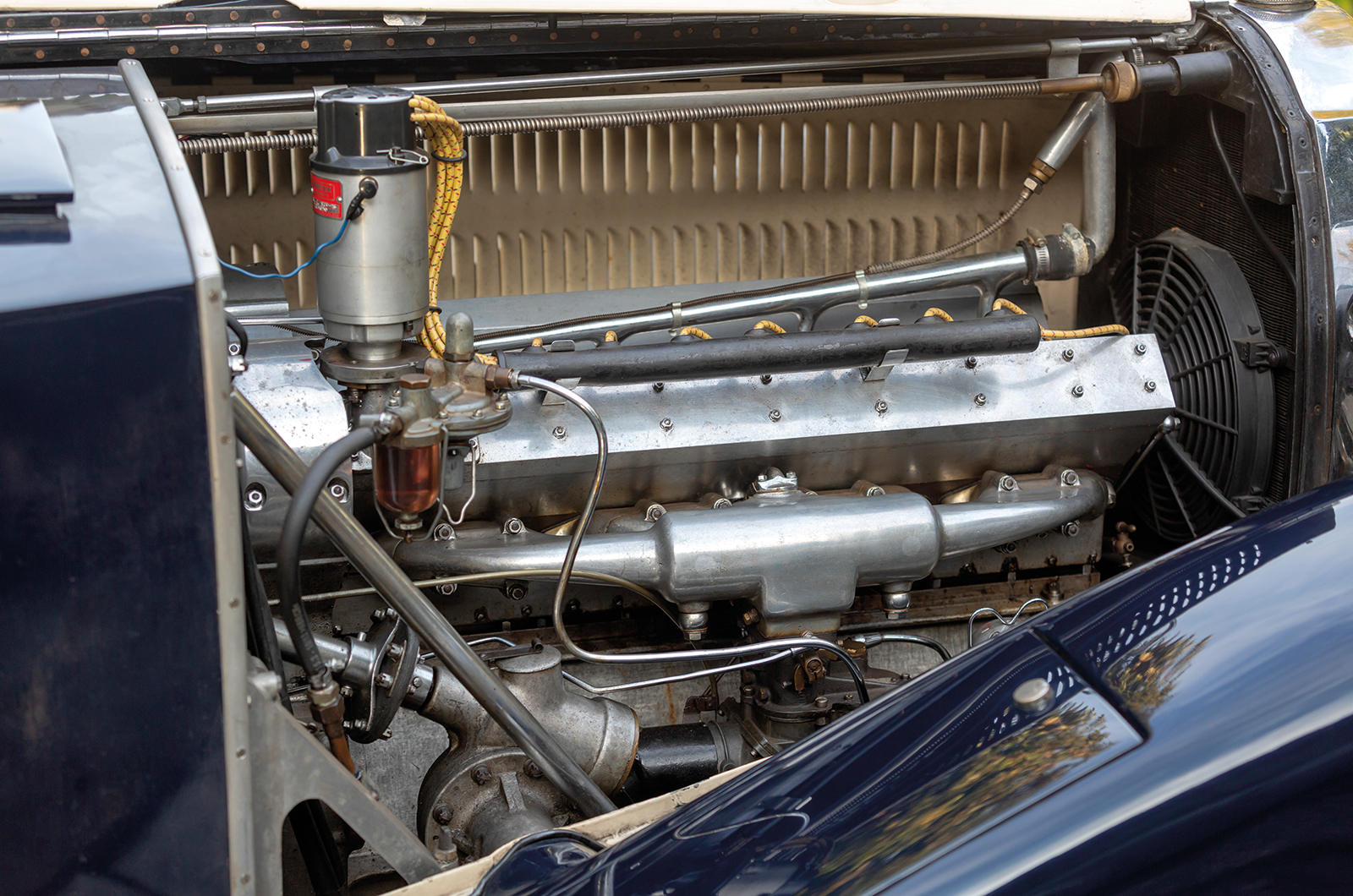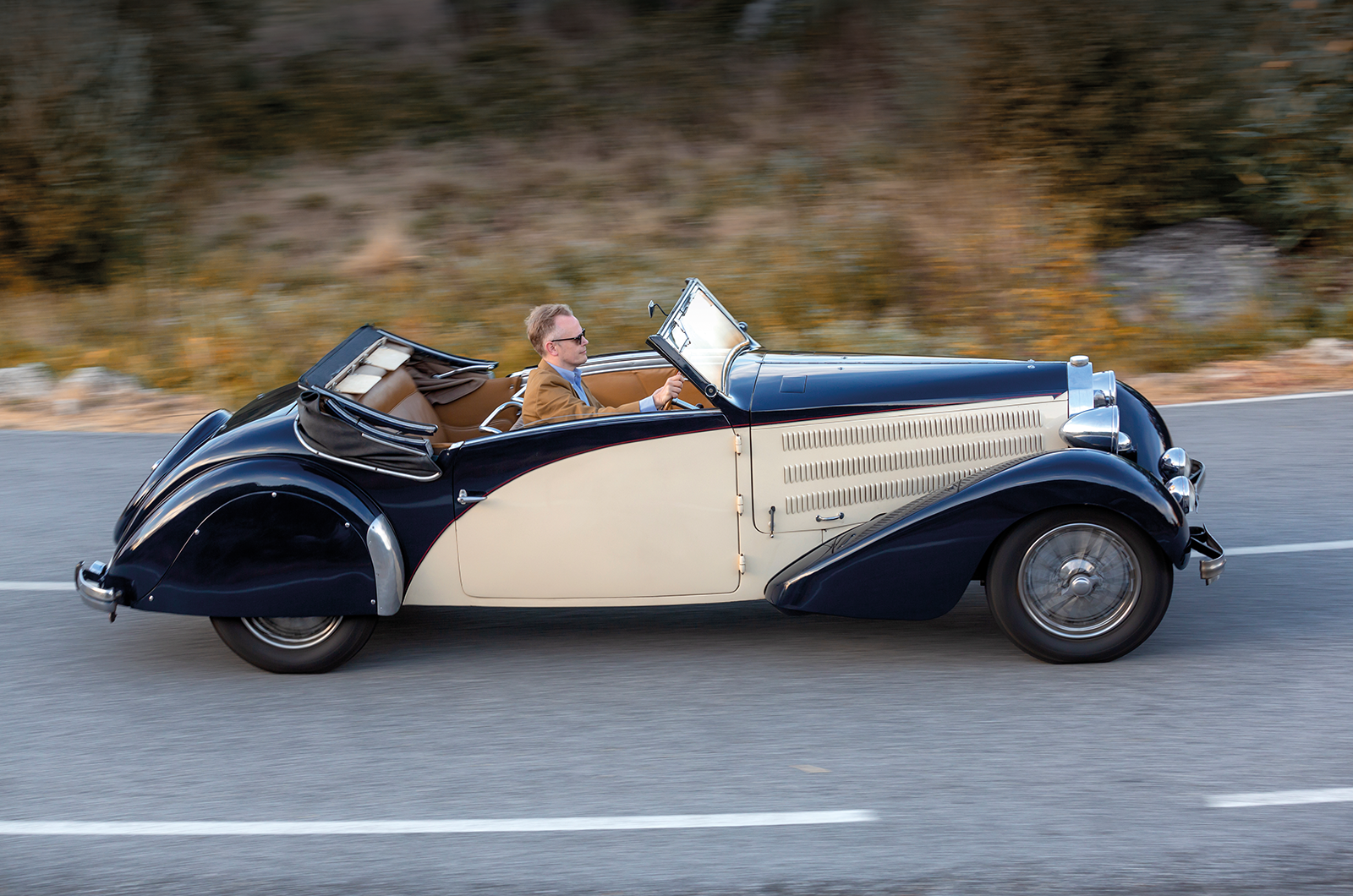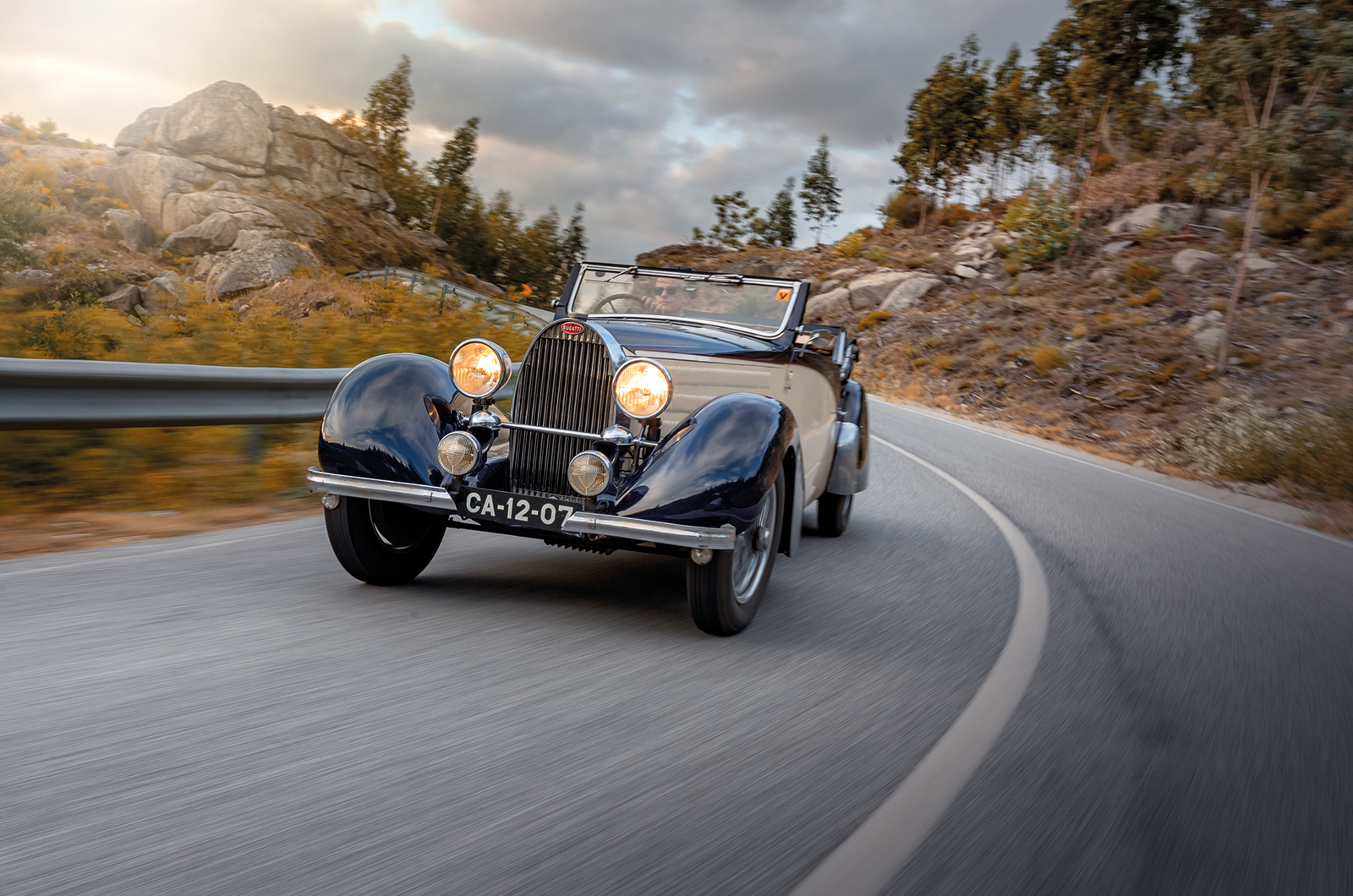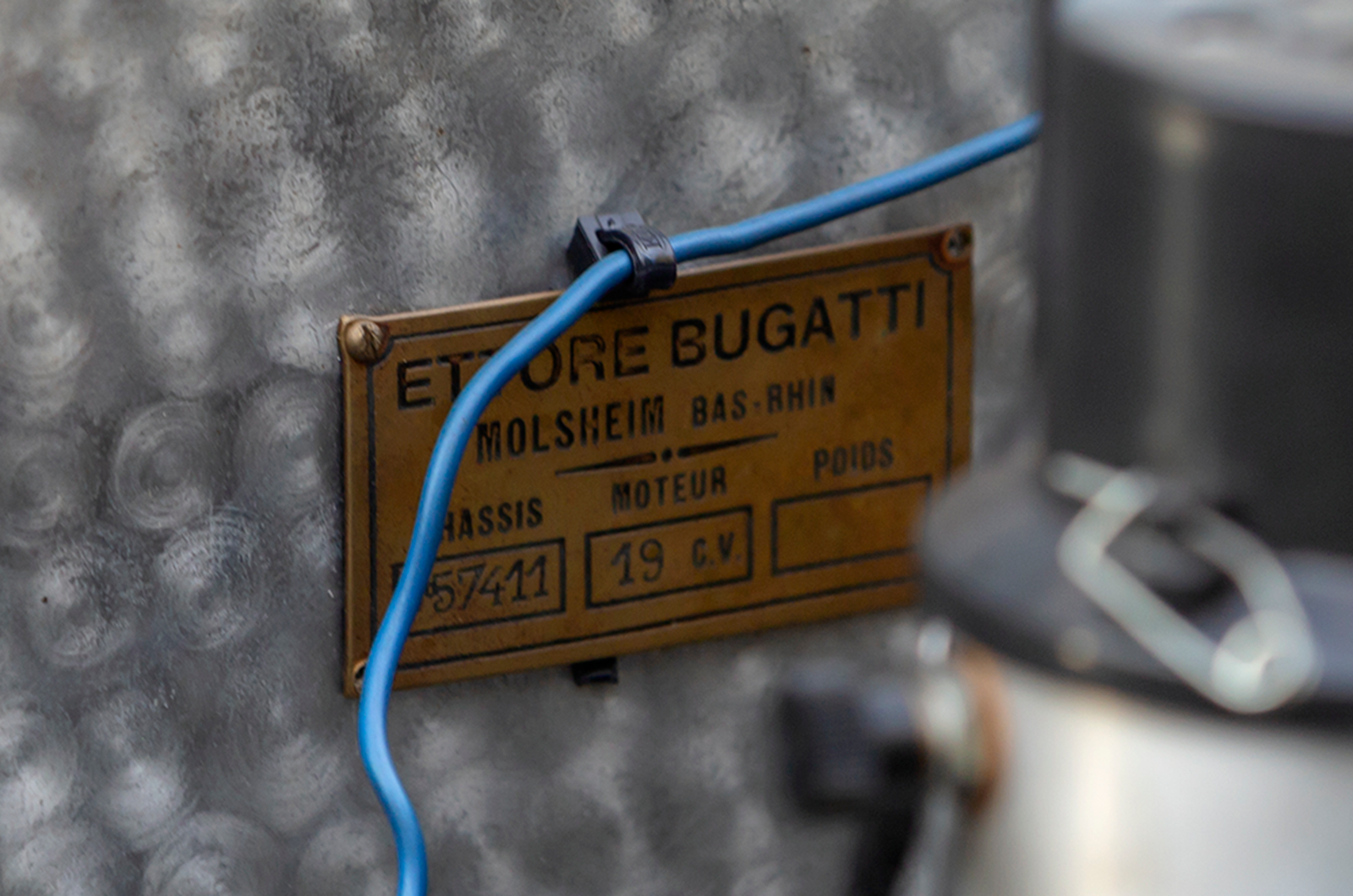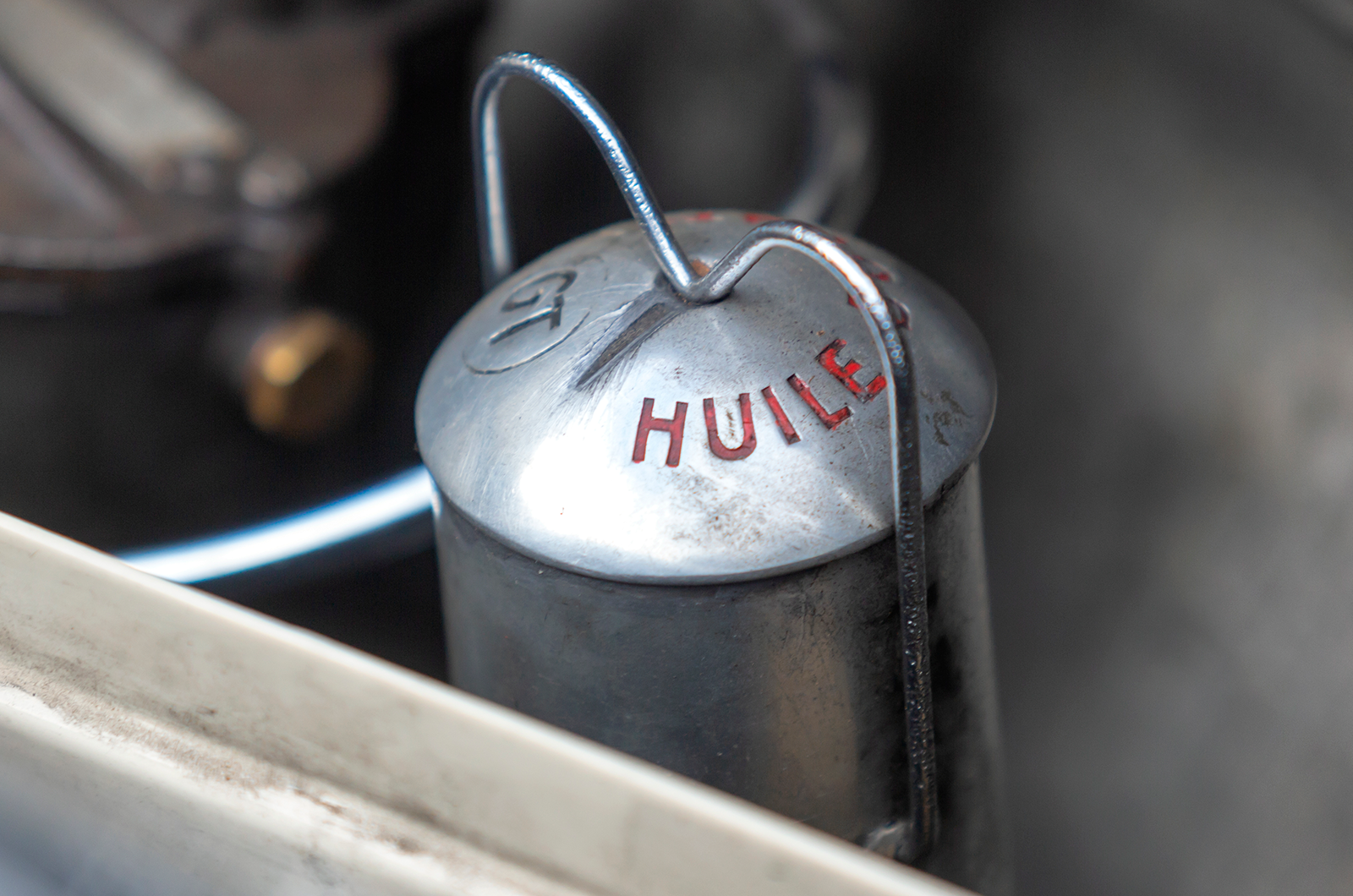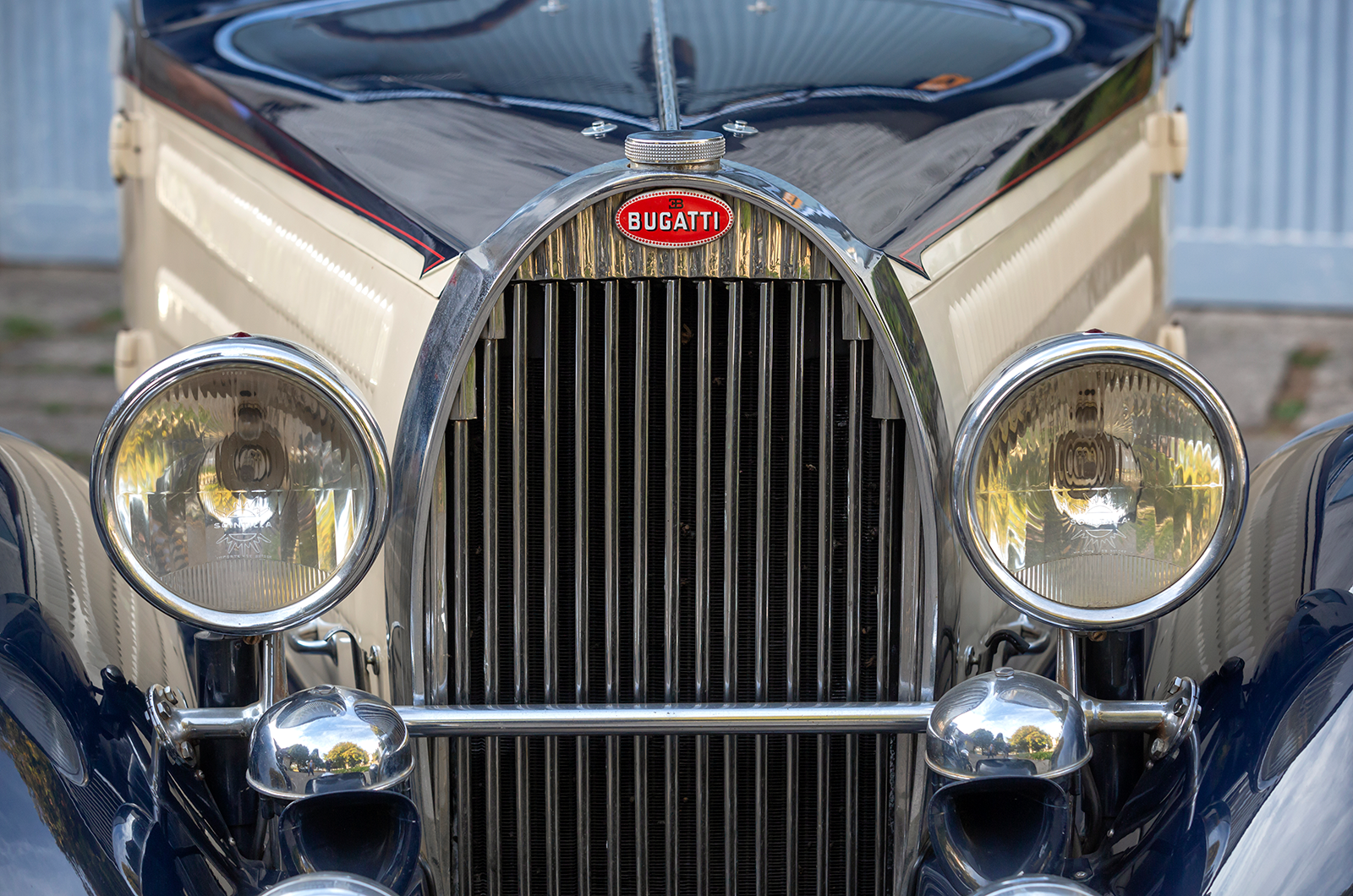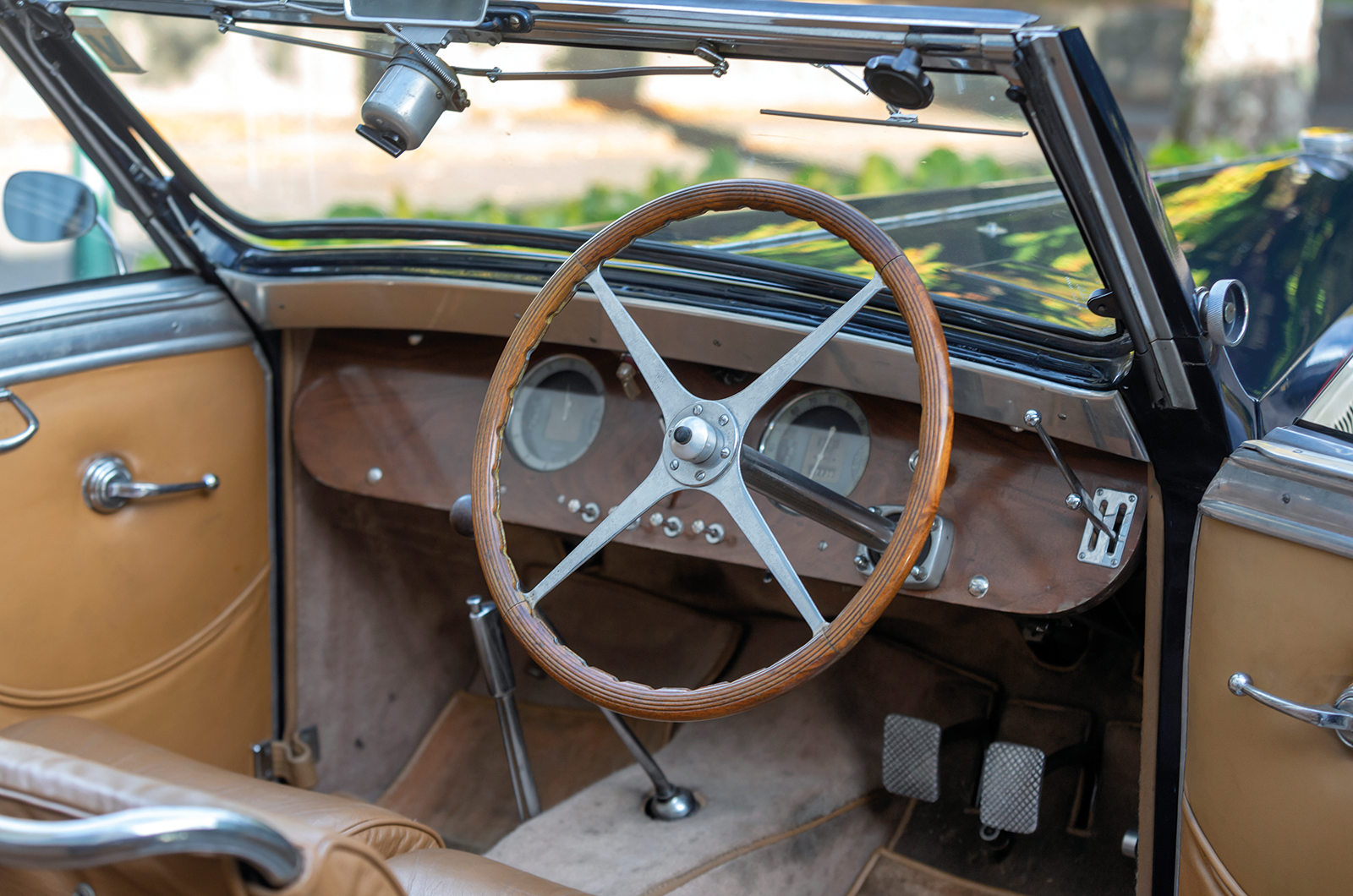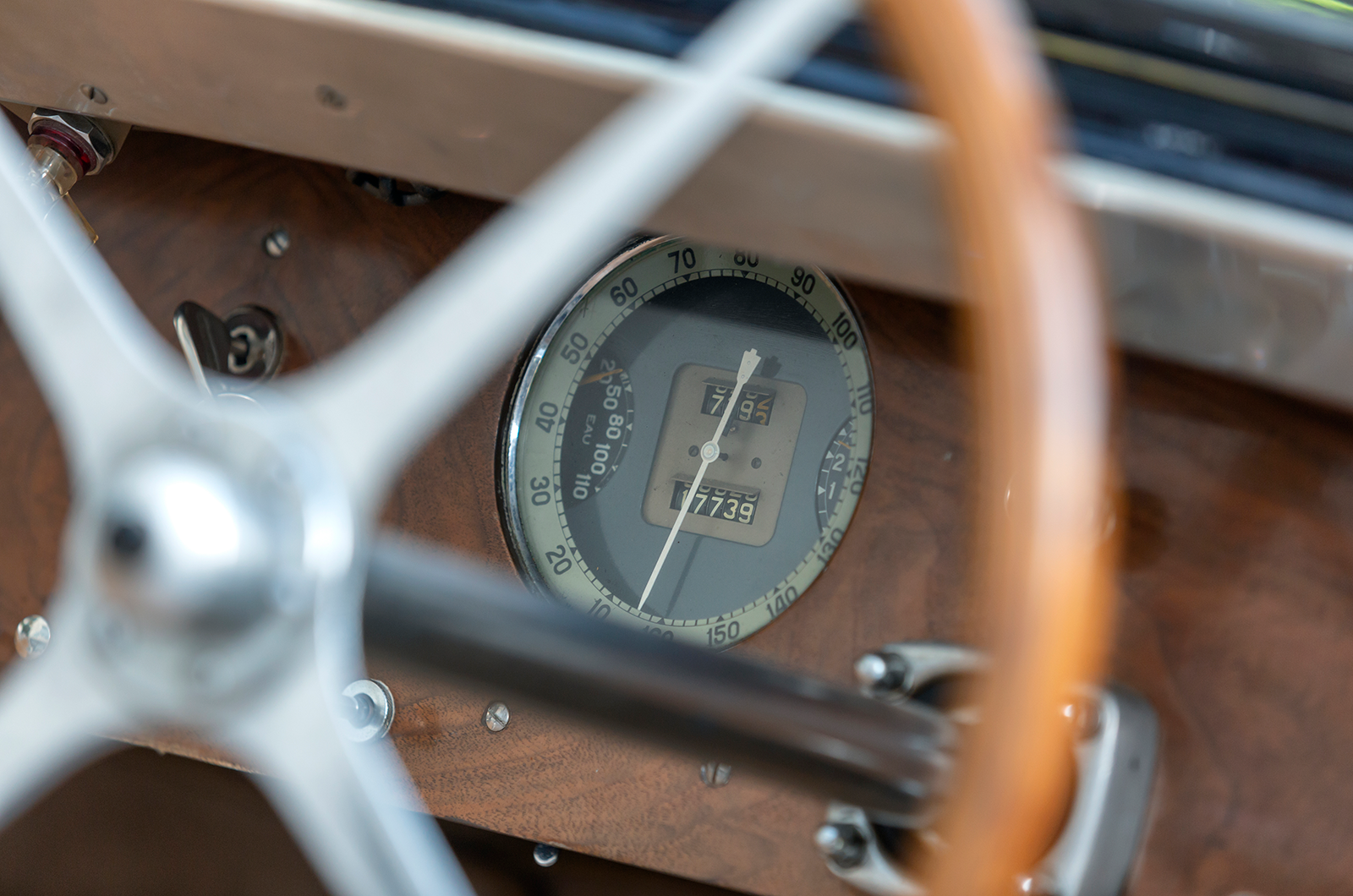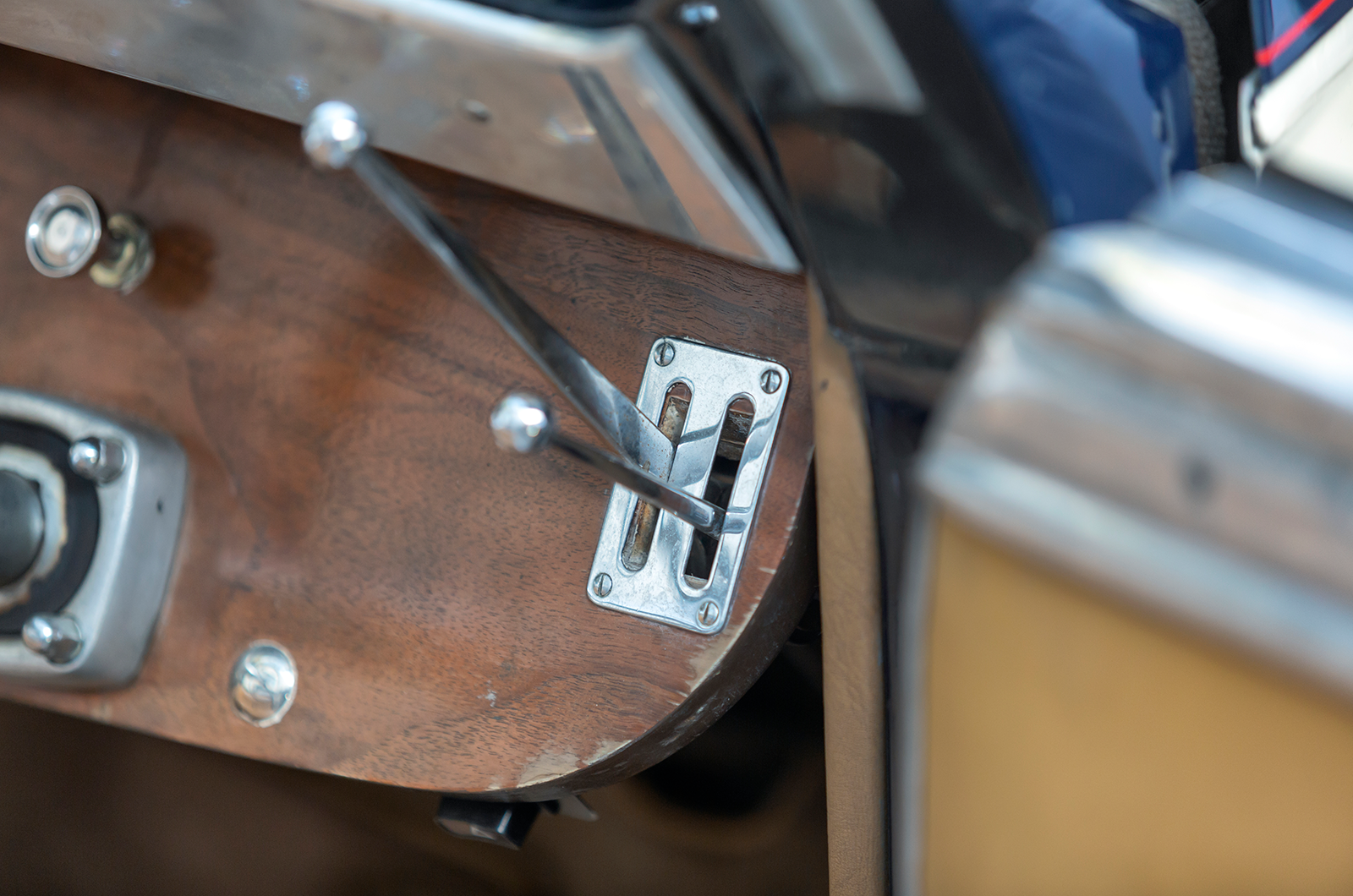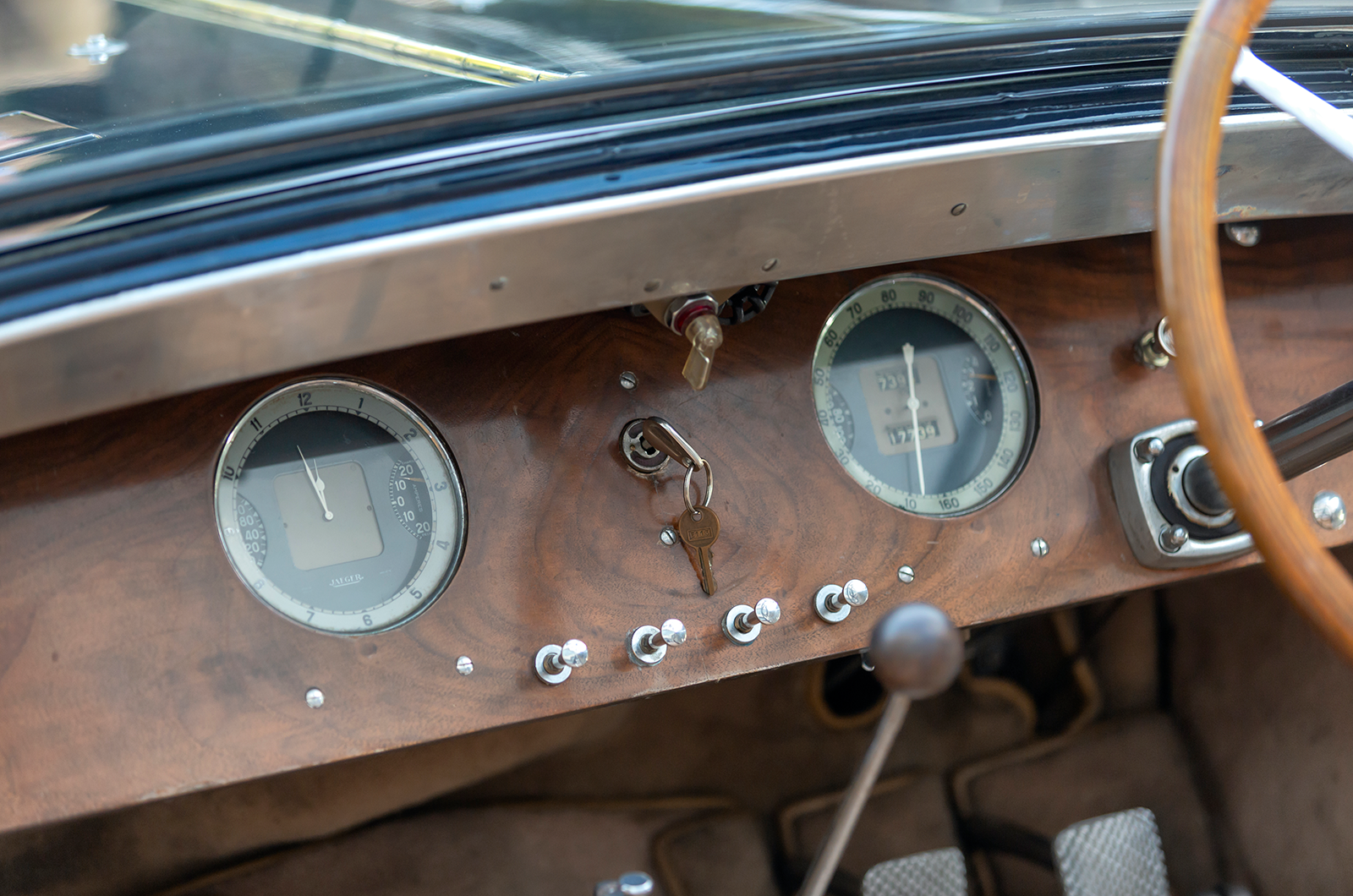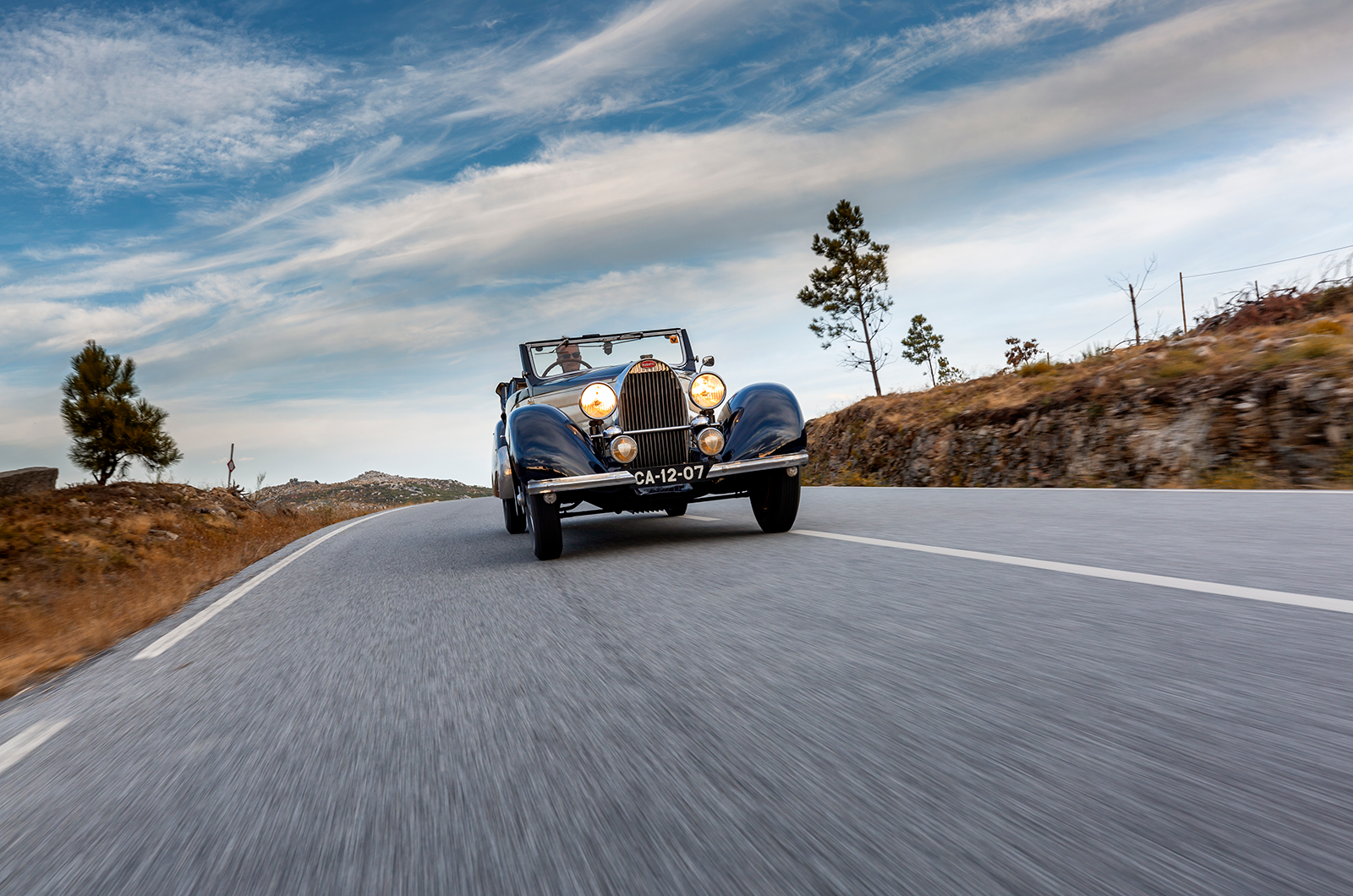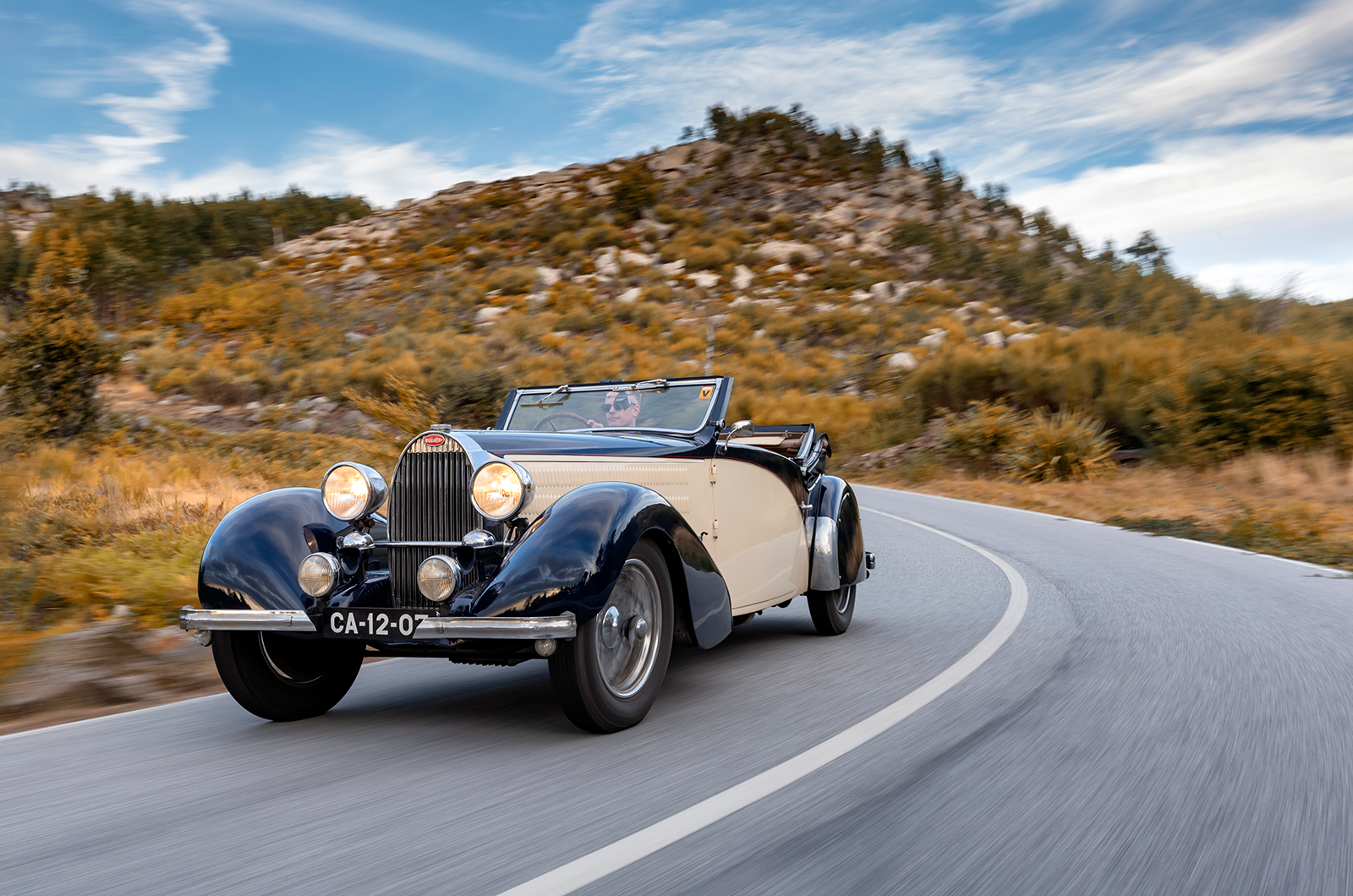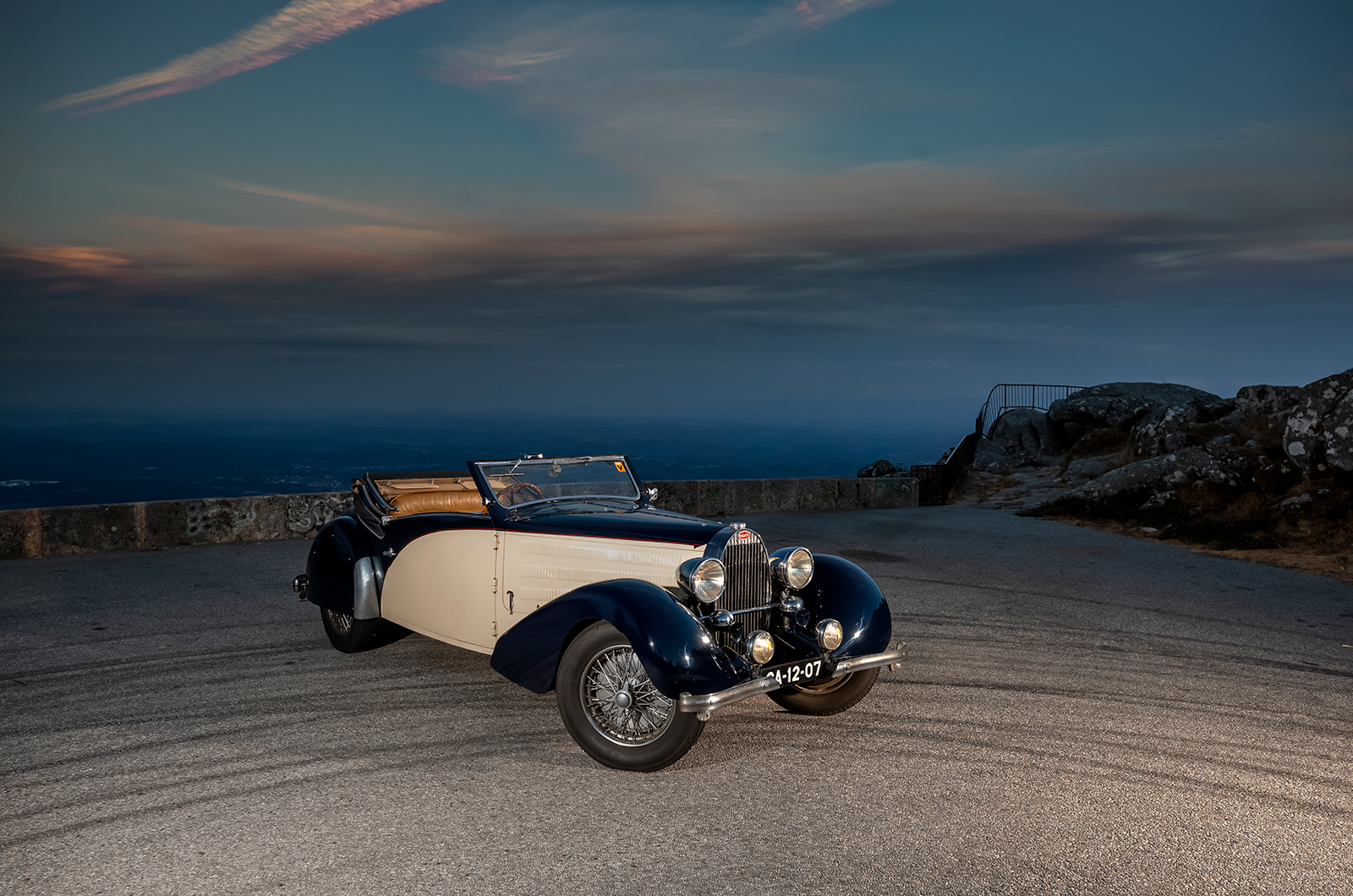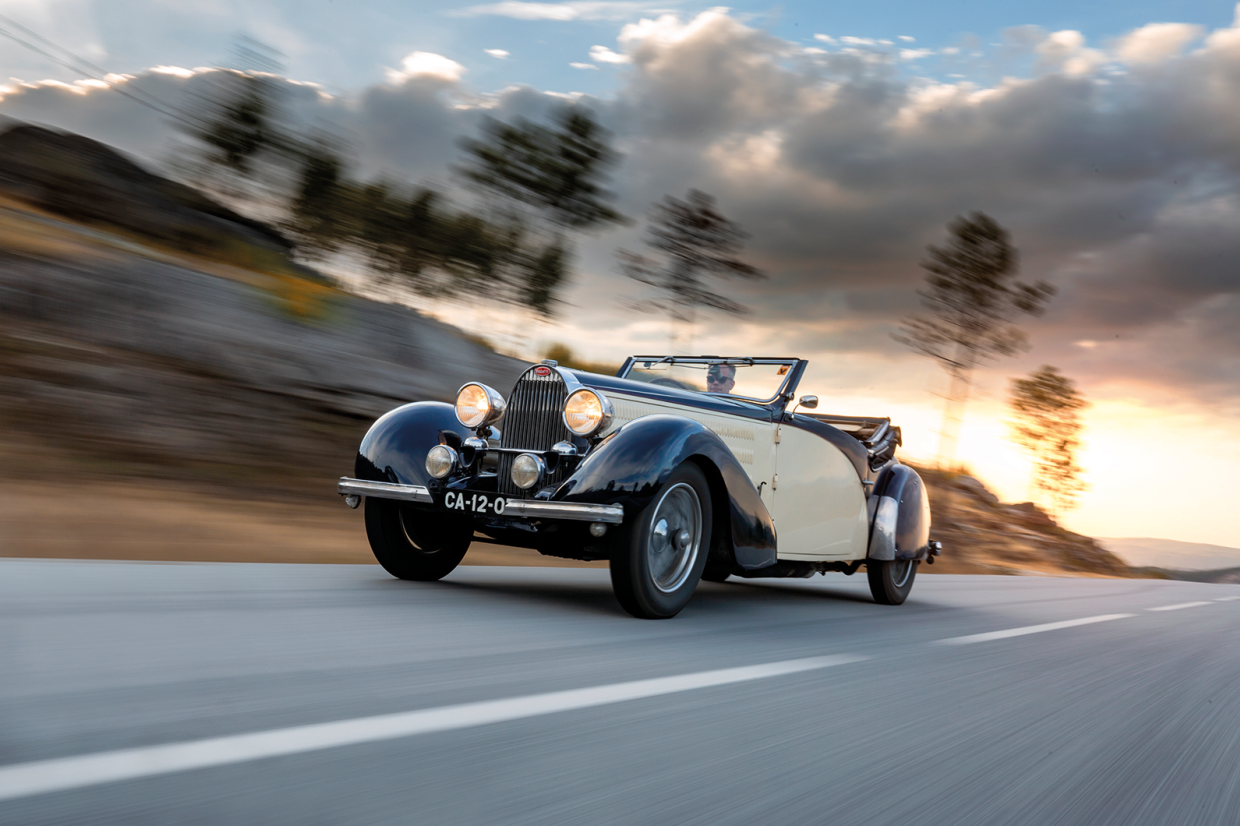
The sensation is exquisitely, queasily uncomfortable. It is downhill all the way, the hope being that it is literal rather than metaphorical.
The blazing orange sunset has made way for darkness, the headlights barely poking holes in the black.
The jagged edges of rock that flank the road are softened only in the faint shadows they cast. It’s just us, a Bugatti Type 57 and a mountain.
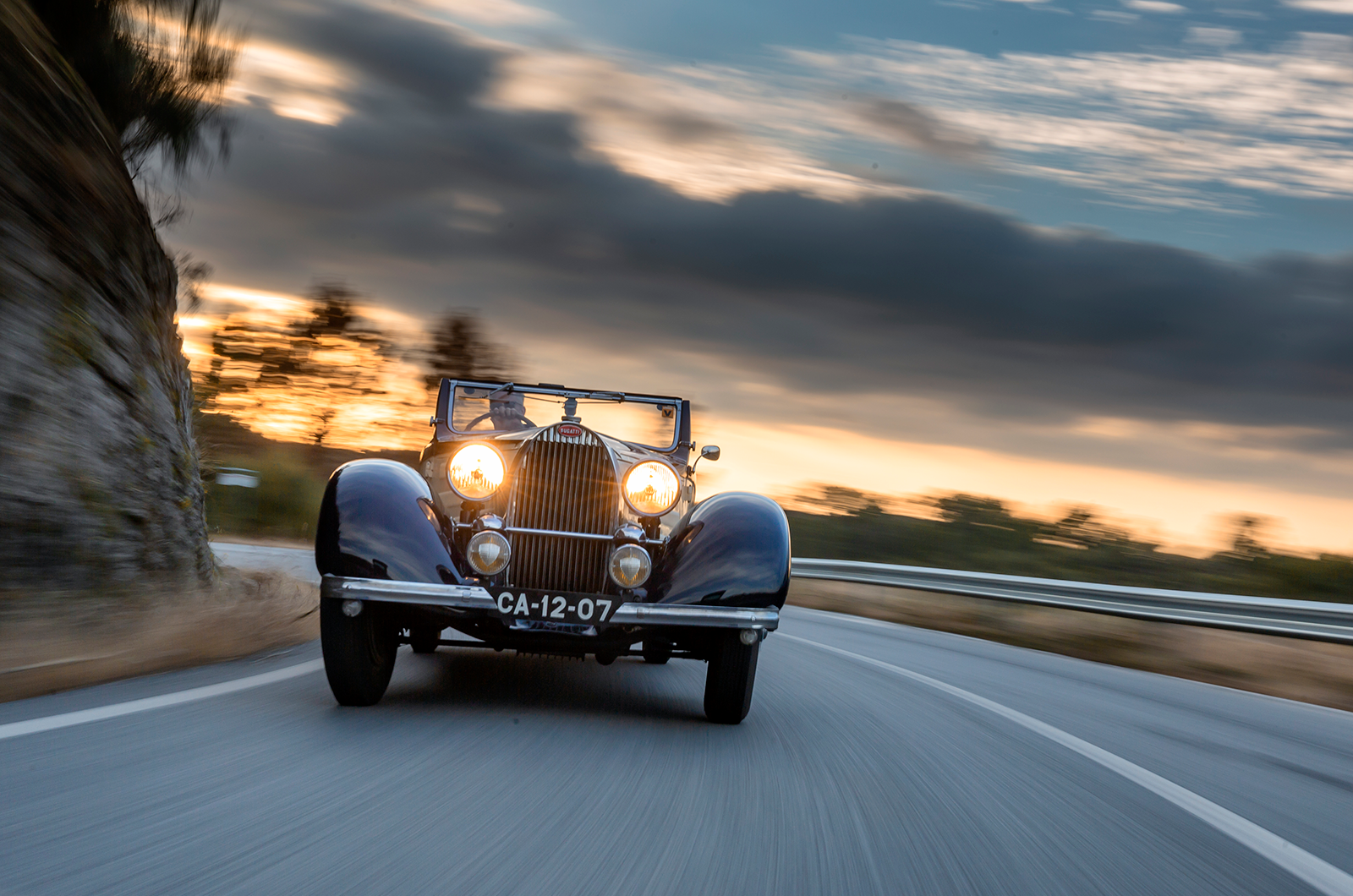
Normal synaptic firing has long since been interrupted, replaced by an eddy of feelings; a sense of romantic fascination with the car and what it represents, if only in the mind’s eye.
It acts as a time machine, transporting you to the immediate pre-war era. It conjures images of beautiful people doing beautiful things in beautiful places, only with added sepia.
This was every inch the nonpareil grand routier of its day, after all; a pure ‘pur sang’ machine with all that entails.
It was the exotic of the late 1930s, made in small numbers and by hand. It was also a true road car, as opposed to a racing car with token nods to Highway Code adherence.
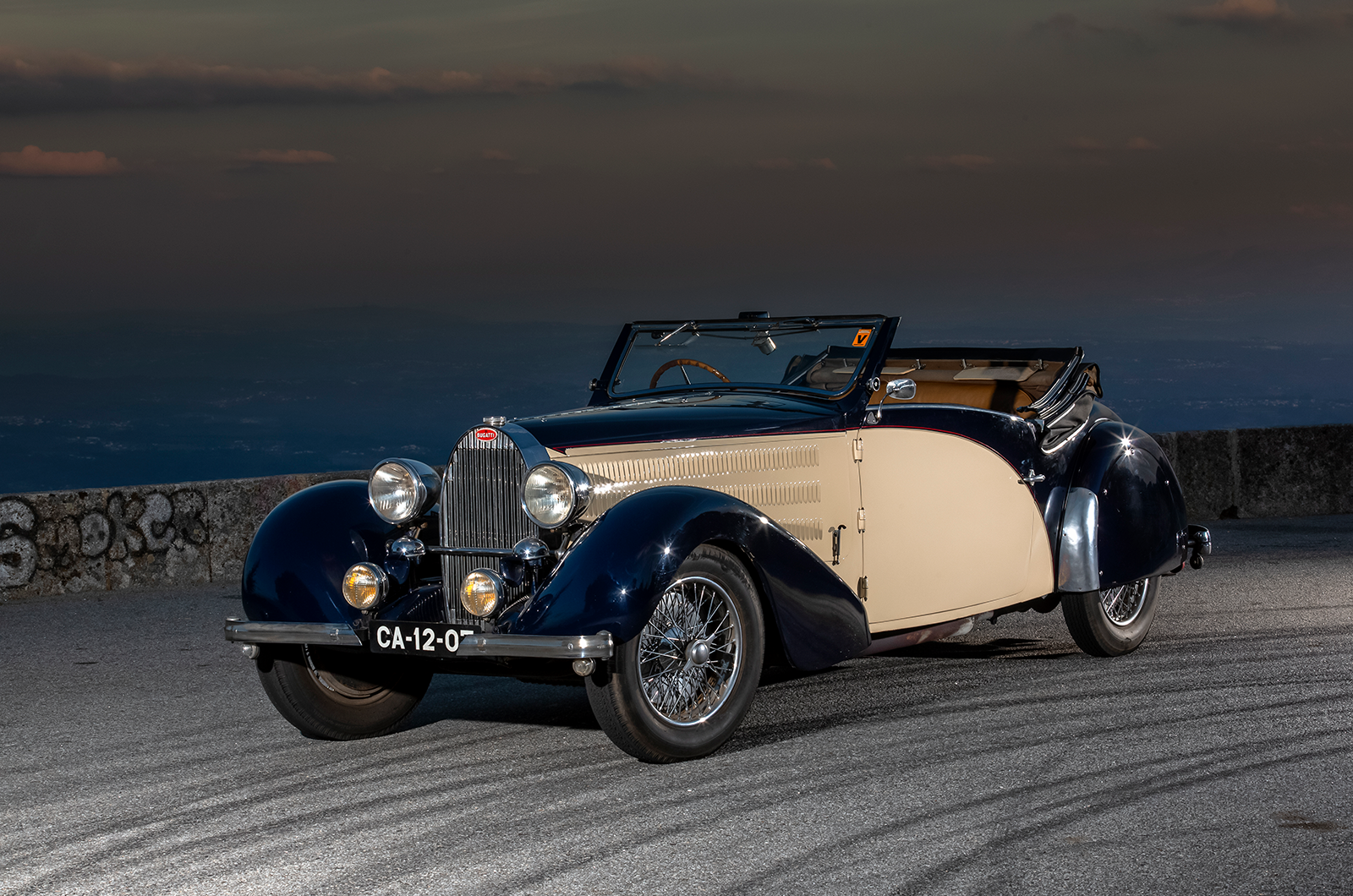
Of course, the Type 57 wasn’t Bugatti’s first attempt at a pure road car; witness the voluptuous Type 55 and that great white elephant, the 12,763cc Type 41 Royale, that preceded it.

